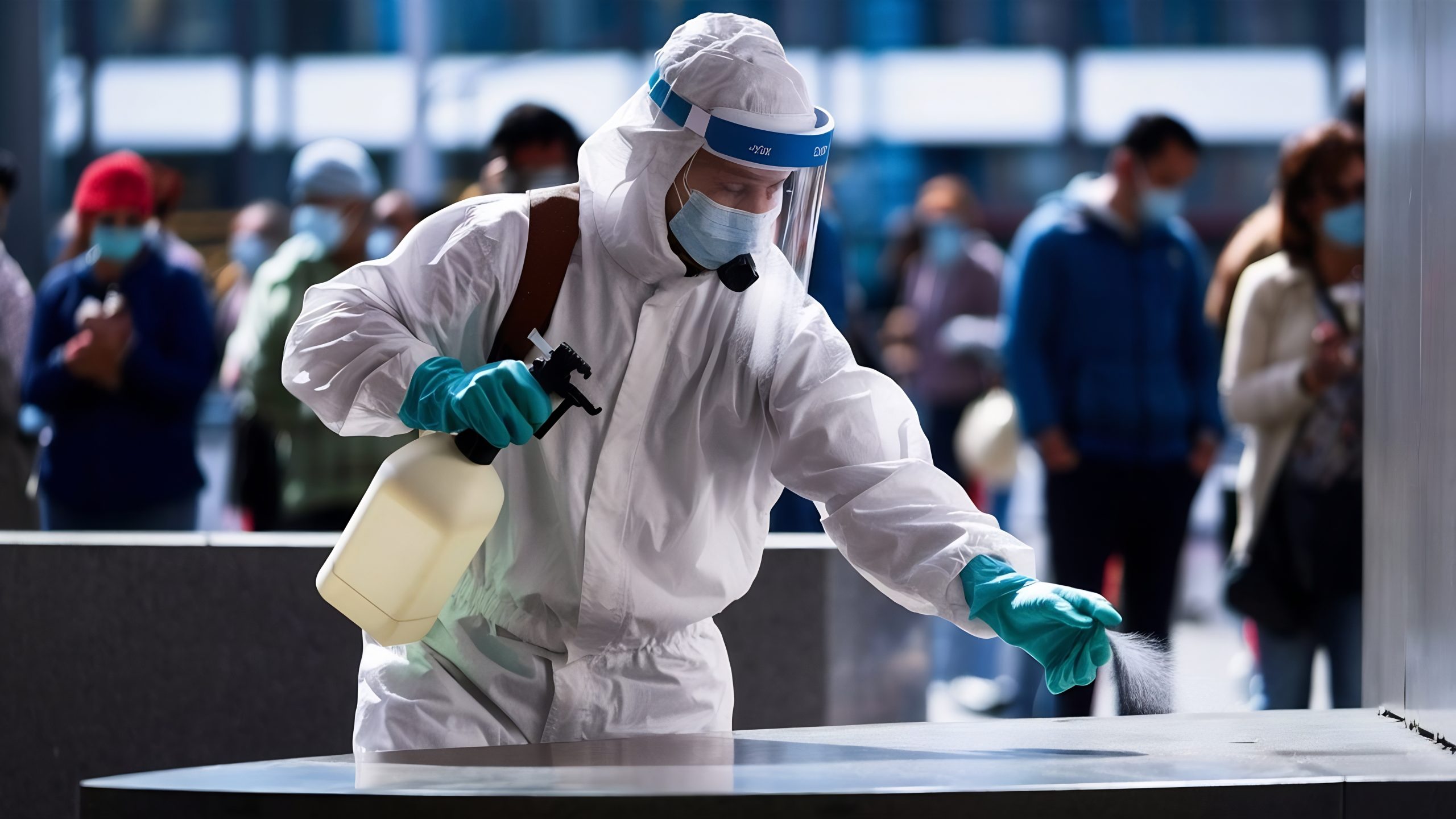Understanding Infections: Explore the basics of infections and how they spread, emphasizing the importance of infection control.
Hand Hygiene: Learn about the effectiveness of hand cleanliness in preventing illnesses and how to properly wash and disinfect your hands.
Hygienic Environment: Understand the role of a clean environment in infection prevention and control, including tips for maintaining cleanliness.
Personal Protective Equipment (PPE): Discover the appropriate use and disposal of PPE, such as masks and gloves, to prevent the spread of infections.
Breaking the Infection Chain: Learn about the infection chain and strategies to break it, including measures to stop the spread of infections between individuals.
Lessons
Brief Description of the Course “Infection Control”
Module 1: The Course Structure
Module 2: Infection Prevention and Control
Module 3: The Different Microorganisms
Module 4: How Bacteria are Transmitted?
Module 5: The Chain of Infection
Module 6: The Control and Prevention of Infection
Module 7: Cleaning and Decontamination





